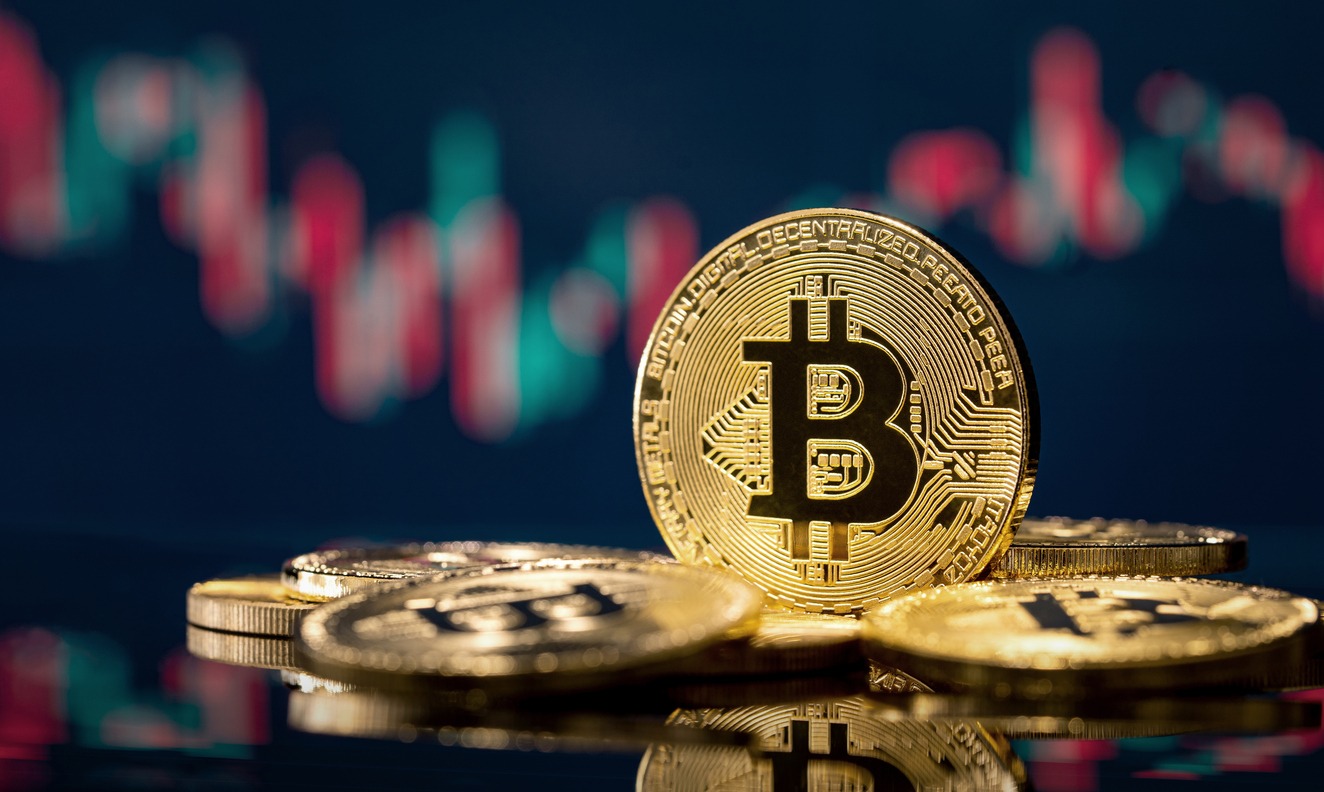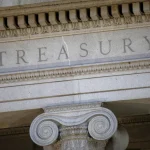Bitcoin’s price changes because of limited supply, shifting demand, and speculation. Only 21 million coins will ever exist, and fewer are created over time. When more people want Bitcoin—especially large investors or during global uncertainty—price rises. But emotions also play a big role. News, social media, and market hype often push prices up or down quickly. Real-world events like regulation or ETF approvals can cause sudden shifts. Price isn’t random—it follows clear patterns shaped by scarcity, interest, and investor behavior.
Bitcoin’s Supply: Why Only 21 Million Coins Matter
Bitcoin has a hard cap of 21 million coins, and supply follows a predictable path. Every four years, the amount of new Bitcoin earned by miners is cut in half. The most recent “halving” on April 20, 2024, slashed the reward from 6.25 BTC to 3.125 BTC per block.
That matters because fewer new coins enter circulation daily—now around 450 per day, down from roughly 900 before. But demand continues to climb. Spot‑Bitcoin ETF activity and institutional adoption have absorbed billions of dollars’ worth of BTC since early 2025. As supply growth slows, any increase in demand makes each coin more valuable.
And the scarcity effect goes deeper. Roughly 93% of all Bitcoin has already been mined. Some coins are lost or long‑held, locking away even more supply. That shrinking effective supply, with steady or rising demand, creates a classic scarcity-driven price model.
But it’s not automatic. If demand drops or miners struggle with costs, lower supply alone won’t buoy price. Context matters.
Who’s Buying Bitcoin? Understanding Demand
Demand for Bitcoin is surging from both institutions and individuals. Spot‑Bitcoin ETFs have drawn over $50 billion in net inflows, with roughly $1.18 billion pouring in on July 10 alone. Funds like BlackRock’s IBIT and Fidelity’s FBTC are leading the charge. And more companies—from pension funds to publicly traded firms—are adding Bitcoin to their treasuries. Over 130 corporations now hold a slice of Bitcoin, increasing demand beyond retail channels.
Retail investors aren’t absent. Many now get exposure through ETFs and apps, avoiding the complexity of wallets and exchanges. Others look for the best place to buy crypto with a debit card to simplify the process, especially through trusted exchange platforms like Changelly. And Bitcoin’s growing reputation as a hedge during inflation and economic uncertainty adds to its allure.
But it’s not just buying. Corporate and institutional inflows often lock Bitcoin into long-term storage—reducing available supply. That, paired with rising demand, pushes price up.
How Speculation Moves Bitcoin’s Price
Speculation drives short-term Bitcoin swings more than fundamentals. Traders react fast to headlines, hype, and social media chatter. A bullish ETF announcement or a tweet from a high-profile figure can spark a rush of buying. And a negative rumor or ban talk can spark quick selling.
Sentiment indicators, like the Fear & Greed index, show when emotion is fueling markets. High greed often leads to overbought conditions and sudden pullbacks, while extreme fear can prime price rebounds. On-chain models show that “accumulator” wallets—addresses steadily buying—help sustain rallies until profit-taking suddenly kicks in.
Whales—large Bitcoin holders—can amplify speculation. Their big trades trigger moves that retail traders often chase. But coordinated market manipulation still exists. In low-liquidity pockets, some insiders can push price up or down without true demand.
Recent record highs above $118k have been driven by momentum trading and positive sentiment around institutional entry. Speculation can lift Bitcoin quickly—but it also brings volatility. Understanding trader psychology helps explain rapid spikes and sharp dips in price.
How News and Government Rules Affect Bitcoin Price
News headlines and government decisions can swing Bitcoin’s price fast. Just today, Bitcoin hit a new all‑time high above $118k as U.S. lawmakers gear up for “Crypto Week” with bills like the Genius Act, Clarity Act, and anti‑CBDC proposals. That fresh regulatory optimism lifted crypto stocks like Coinbase and miner Riot Platforms by up to 3.7%.
And institutional momentum is feeding the hype. The Genius Act’s stablecoin rules and the potential Clarity Act passage are seen as pro‑crypto signals. Cardano’s founder even predicts Bitcoin could reach $250k if federal regulation passes soon.
But regulation cuts both ways. China’s 2021 ban sent Bitcoin down by about 8%, showing how harsh policy can tank the market. And the U.S. shifting SEC enforcement—like the SEC dropping its case against Binance—can build confidence or shake trust depending on timing.
Governments shape investor sentiment directly. Clear, supportive rules boost demand and price. Uncertainty or bans can trigger fear, profit-taking, and sharp drops.
Bitcoin Mining Costs and Price Impact
Mining costs influence Bitcoin’s price floor, but they don’t directly determine market value. Miners spend on electricity, cooling, and hardware. When production costs exceed price, some miners shut down. That can slow block production, reduce sales pressure, and support prices near cost levels.
In Q2 2025, the median cost to mine one Bitcoin shot past $70,000 due to rising energy rates and network difficulty. Latest reports show cost estimates reaching up to $100,000, pushing many miners to pause operations instead of selling at a loss. And miners with efficient rigs still stay profitable when market price sits well above production costs—Binance recently noted average mining cost near $36,800 while price hovered over $107,000.
But cost isn’t a hard “floor” like in commodity markets. Bitcoin follows supply and demand—not cost-plus pricing. Yet understanding mining economics helps explain why sharp price drops often stabilize around production cost levels. It reveals why miner shutdowns can reduce selling pressure and create local price support zones.
Bitcoin and the Economy: What Role Does It Play?
Bitcoin often behaves like a macroeconomic indicator rather than a standalone asset. Its price tends to rise when the U.S. dollar weakens or when interest rates are expected to fall. Traders see these trends and chase performance. Mid‑2025 saw Bitcoin hit record highs near $112K after the Fed signaled possible rate cuts and dollar weakness, driving risk‑on sentiment across markets.
And inflation matters. When CPI slows down, markets expect looser policy, which boosts Bitcoin. Analysis suggests that a 1 % Fed rate cut could lift Bitcoin price by 13–21 %, sometimes more in favorable conditions. But high inflation without easing can scare investors, leading to risks like Bitcoin briefly dipping below $95K in early 2025.
But macro themes aren’t everything. Bitcoin’s link to equities and crypto ETFs adds layers of correlation with broader financial markets .
Myths About What Moves Bitcoin’s Price
Many people believe Bitcoin is a scam or has no real value, but those are just myths. Bitcoin isn’t a Ponzi scheme. A Ponzi requires deception and a central authority—but Bitcoin is fully decentralized and transparent on its public ledger .
And it’s not just for criminals. Studies show only a small share of transactions—about 2%—are tied to illicit activity. Most use is legal and traceable.
Bitcoin’s critics say it lacks intrinsic value, but fiat money works the same way. Its worth comes from trust, scarcity, and consensus—not physical backing.
Some argue that new cryptocurrencies will overtake Bitcoin, but it remains the dominant network with the largest user base and market share. First-mover advantage and strong infrastructure reinforce its lead.
Final Thoughts: Why Understanding Bitcoin’s Price Drivers Matters
Bitcoin’s price isn’t random. It follows patterns driven by supply limits, investor demand, speculation, and world events. When you understand these forces, it becomes easier to make informed decisions—whether you’re investing, trading, or just watching the market.
And it’s not only about money. Bitcoin reflects big shifts in finance, trust, and technology. Its fixed supply challenges inflation. Its open network questions traditional systems. But without knowing what actually moves its price, it’s easy to get caught up in fear, hype, or false headlines.
Price moves fast. It reacts to policy changes, social trends, and even rumors. That’s why context matters. If you know what’s behind the movement—like a mining halving or an ETF launch—you’re less likely to panic or chase a pump.
Bitcoin rewards long-term understanding over short-term emotion. Watching supply, demand, and speculation isn’t just smart—it’s essential. Because in crypto, knowledge isn’t just power. It’s protection.













